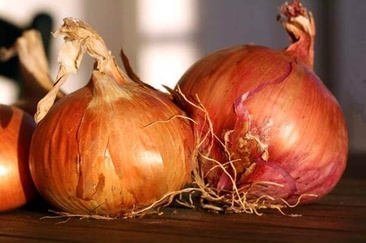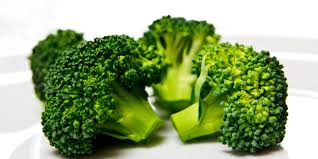A healthy body, a healthy home, a healthy environment, okay! This approach requires a certain awareness and is accompanied by a certain vision of life, a certain ethic. To be totally coherent and holistic, we should include the ecological facet, which should lead us to consume seasonal and local products.
In the fall or winter season, we will therefore turn to the orange of pumpkin, pumpkin or pumpkin, to dried fruits such as walnuts or chestnuts, to root vegetables (beets) or bulbs (onions, garlic), or to the very large variety offered by cabbage.
Carotenoids, such as beta-carotene or lutein from pumpkins and pumpkins, are an excellent source of antioxidants and vitamin A (beta-carotene) that will boost our immune system. During this period our body is generally more vulnerable because of the decrease in temperature and sunlight. Lutein protects the retina from oxidative stress. This is an excellent way to prevent macular degeneration and cataracts. In addition, pumpkin has the advantage of being low in calories.
Thanks to their richness in polyunsaturated fatty acids, walnuts lower blood lipid levels and therefore the "bad cholesterol" (LDL). Only 4 to 8 nuts per day would be enough to obtain a result. Walnuts are also rich in antioxidants and fiber, which helps prevent constipation. They would contribute to protect the cardiovascular system or the metabolism of carbohydrates (prevention of type 2 diabetes). Beware, as the high-fat nut can lead to weight gain. Therefore, consume a maximum of 6 nuts per day.

Onions, garlic or shallots are part of the lily family of vegetables. Their regular consumption would protect against certain cancers, would reduce the level of triglycerides in the blood and would maintain a good blood fluidity. Another benefit for our circulatory system. These bulbs raw or cooked will advantageously raise many dishes by bringing only few calories. They are excellent culinary allies.
The bright red color of beets comes from betalains, a family of pigments with extremely high antioxidant power. These pigments are rare in other plants. Beets are also high in vitamin A and vitamin K. They therefore help prevent all degenerative diseases and osteoporosis.

Cruciferous vegetables, cabbage and broccoli are an excellent source of vitamin C and vitamin K. Vitamin C, which does not make you nervous, contrary to certain beliefs, nevertheless has a relaxing and de-stressing effect when taken over a certain period of time. It stimulates the immune system and thus protects us from winter ailments. Cabbage and broccoli are very antioxidant. They protect us from pollution and especially from endocrine disruptors. We can therefore see that adapting our menus to the season is not only an ecological approach, but also a good way to maintain our health!



